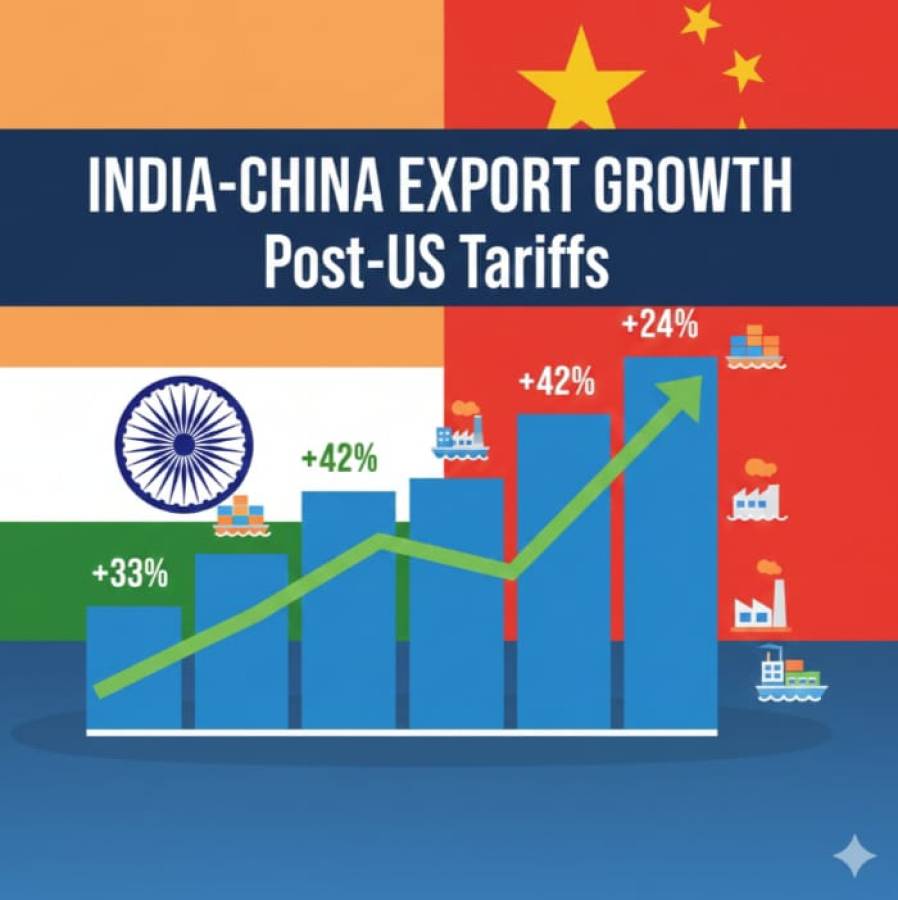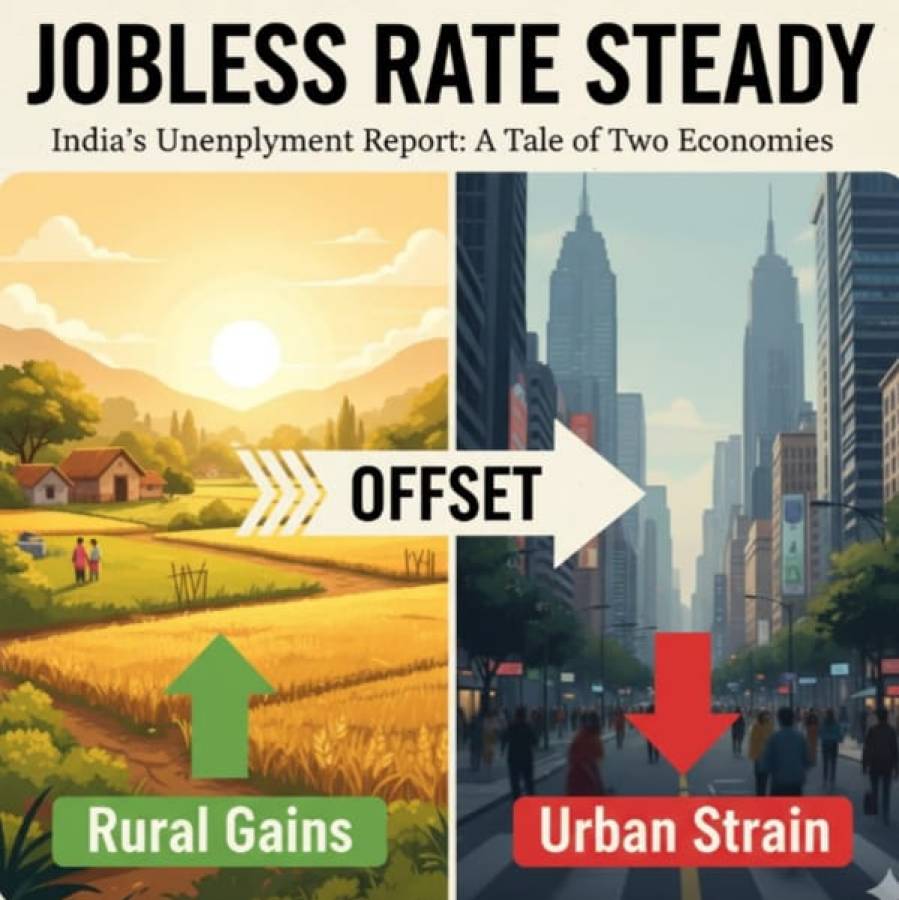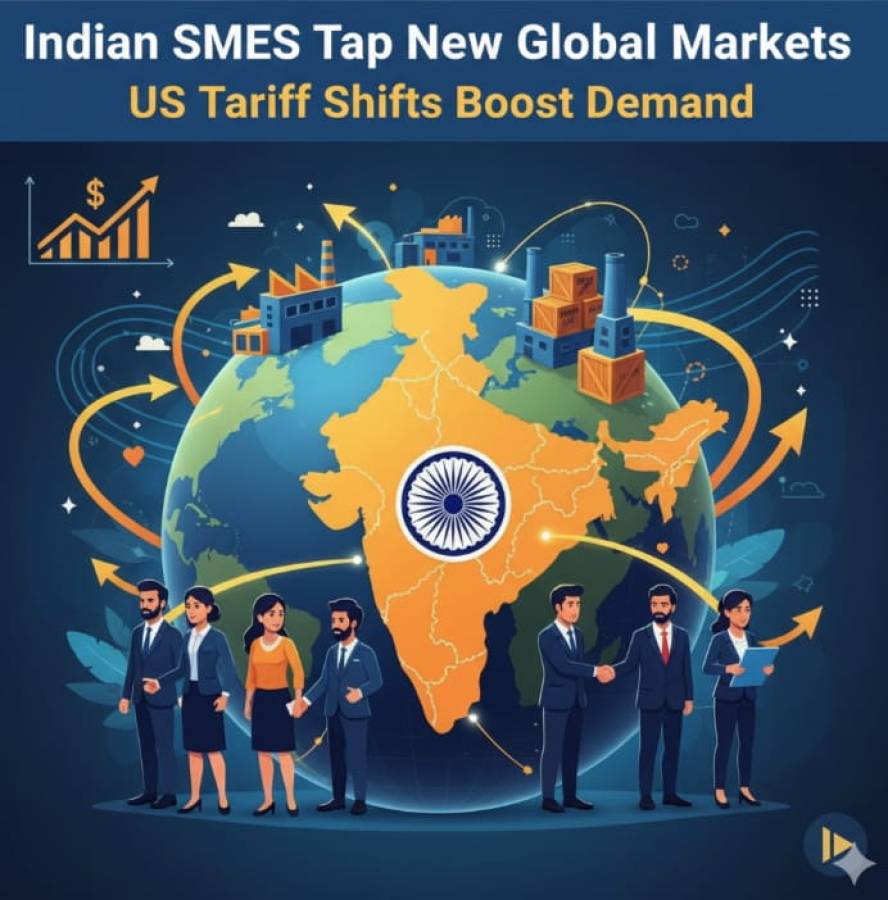
The Government of India has announced an important step that is likely to bring relief to the textile sector. Cotton imports will be exempted from customs duty till September 30, 2025. This decision, which will remain valid for 43 days. It has been taken to stabilize domestic prices and to give support to garment exporters who have been struggling with international competition and high import costs.
The exemption was notified by the Central Board of Indirect Taxes and Customs after the finance ministry released a circular. According to the notification, the government has removed 5 percent basic customs duty, 5 percent Agriculture Infrastructure and Development Cess (AIDC), and 10 percent social welfare surcharge. Altogether, this will reduce the input costs by around 11 percent, which is a significant relief for the textile sector that has been facing rising raw material prices and supply constraints.
Why was the exemption needed?
Cotton is one of the most important raw materials for India’s textile and garment industry. India is the world’s second-largest producer of textiles and garments, and the sector plays a key role in employment and exports. However, in recent years, the industry has been facing several challenges. Domestic cotton prices have remained high, supply has been tight, and international competition has increased sharply.
The situation became more difficult when the United States, under its trade rules, imposed a 25 percent reciprocal tariff on Indian exports, especially in the garments sector. This meant that Indian exporters had to compete with rivals from other countries while also paying higher import duties. At the same time, garment exporters in India were already working on thin margins, and any rise in cotton prices made their situation even harder.
The exemption on import duty is, therefore, a measure to provide some breathing space. It will help reduce costs for yarn, fabric, garments, and made-ups, which together form the core of India’s textile industry. By cutting down the cost of cotton imports, the government hopes that the textile industry will become more competitive in the global market.
Industry response
Experts and industry bodies have welcomed the decision, although some remain cautious. Siddharth Khemka, head of research at Motilal Oswal Financial Services, pointed out that this measure will help the textile and garment sector remain competitive in the face of high US tariffs. He explained that the waiver will support domestic production and stabilize prices for a short duration until the new crop arrives in the market.
On the other hand, some experts believe that the benefit might be limited. This is because, apart from the US tariff of 25 percent, Indian exporters also face an additional penalty of 25 percent on some products. According to analysts, this adds up to a 50 percent burden, which cannot be fully offset by the exemption on cotton imports. Still, the short-term relief is considered helpful for small and medium enterprises that have been struggling due to cost pressure.
Import data and trade partners
India’s cotton imports have risen sharply. According to trade data, cotton imports grew by 107.4 percent from 579.2 million dollars in FY2024 to 1.20 billion dollars in FY2025. Major suppliers of cotton to India include Australia (258.2 million dollars), the United States (234.1 million dollars), Brazil (180.8 million dollars), and Egypt (116.3 million dollars). These countries are among the biggest exporters of cotton to India and play a vital role in meeting the needs of the domestic industry.
Interestingly, Australia has already become the second-largest supplier of cotton to India after the United States. Under the India-Australia trade pact, a large portion of cotton enters India duty-free. In fact, 51,000 metric tons of Australian cotton already enjoy duty-free access every year.
Turf Tests Nerves
The exemption on cotton import duty is clearly a temporary measure. It has been provided for 43 days to give immediate relief until the arrival of the new cotton crop in India. Once the new harvest enters the market, domestic supply is expected to improve and prices may stabilize naturally.
However, many believe that such short-term exemptions are only partial solutions. The real challenge lies in making the textile sector stronger and less dependent on fluctuating import prices. This will require better planning, improved infrastructure, and long-term policies that ensure steady raw material availability at reasonable rates.
For now, the government’s step is seen as a balancing act. It addresses the urgent concerns of garment exporters and domestic manufacturers while keeping an eye on global trade dynamics. The textile industry employs millions of workers in India, and its performance is directly linked to the country’s export earnings. Therefore, stabilizing cotton prices is not just about supporting a single industry but about strengthening one of the largest pillars of India’s economy.
Final Take
The removal of import duty on cotton till September 30 reflects the government’s intent to provide immediate relief to the textile sector. While the benefit may not solve all the issues faced by exporters, it reduces input costs and helps keep Indian garments competitive in the global market. The coming months will show whether this short-term measure translates into long-lasting stability, but for now, it offers a much-needed lifeline to an industry that supports both employment and exports on a massive scale.





















